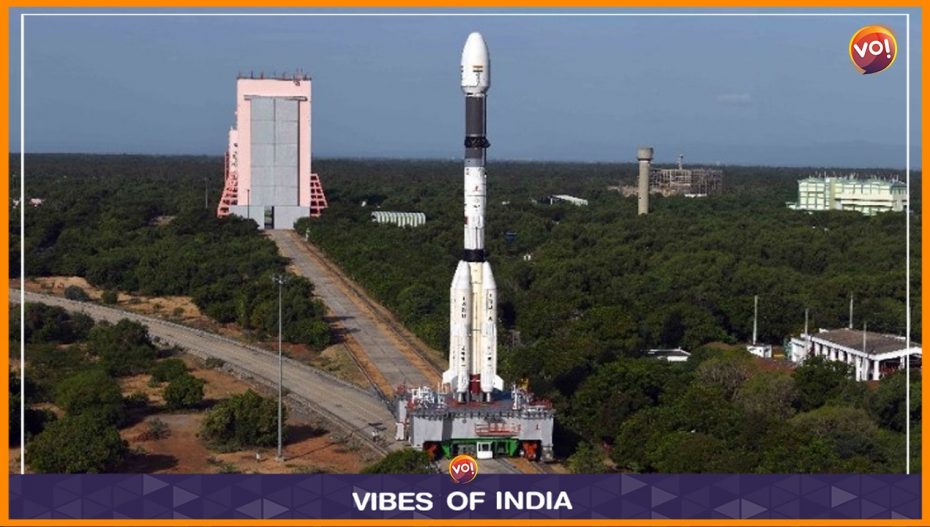The Oceansat Earth Observation Satellite and eight other customer satellites will be launched on a PSLV-C54 rocket on Saturday from the Sriharikota spaceport by scientists with the Indian Space Research Organisation (ISRO).
The 56th flight of the Polar Satellite Launch Vehicle (PSLV), in its extended version (PSLV-XL), began its 25.30-hour countdown today at 10:26 am, with liftoff scheduled for Saturday at 11:56 am from the first launchpad at the Satish Dhawan Space Centre, Sriharikota, 115 km from Chennai.
The eight other nano-satellites would be placed in different orbits based on the customer’s requirements (in the Sun-synchronous polar orbits), while the Oceansat, the rocket’s primary payload, would be separated in orbit 1.
Nine satellites, including the primary payload, would launch aboard the 321 tonne, 44.4-meter-high PSLV-C54 rocket. Additionally, it is the PSLV-XL version’s 24th flight.
The PSLV-C54 launch vehicle’s two orbit change thrusters (OCTs) would be used to engage the rocket during one of the longest missions ever undertaken by ISRO scientists. The Earth observation satellite is anticipated to be separated in orbit 1, while the passenger payloads would be separated in orbit 2.
The Earth Observation Satellite is expected to be deployed after reaching an altitude of approximately 742 km approximately 20 minutes after launch.
Following the primary satellite separation, the vehicle would be lowered to an altitude of 516 km in order to place the first passenger satellite. ISRO expects the final payload separation to occur at an altitude of 528 kilometers.
The Earth Observation Satellite-6 is the Oceansat series’ third-generation satellite. This is to provide Oceansat-2 spacecraft continuity services with improved payload specifications and application areas. The mission’s goal is to ensure data continuity of ocean color and wind vector data in order to sustain operational applications.
ISRO Nano Satellite-2 for Bhutan (INS-2B) with two payloads, NanoMx and APRS-Digipeater, is one of the customer payloads. NanoMx is a multispectral optical imaging payload developed by Space Applications Centre, while the APRS-Digipeater payload is a collaboration between Bhutan’s Department of Information Technology and Telecom and Bengaluru’s U R Rao Satellite Centre.
Pixxel’s ‘Anand’ satellite is a technology demonstrator designed to demonstrate the capabilities and commercial applications of a miniature earth observation camera for observation using a micro-satellite in low earth orbit.
Dhruva Space’s ‘Thybolt’ (two satellites) is another space start-up, while Spaceflight’s Astrocast is a technology demonstrator satellite for the internet of things as the payload.
Also Read: Transgender Voters Have Spiked In Gujarat Elections












